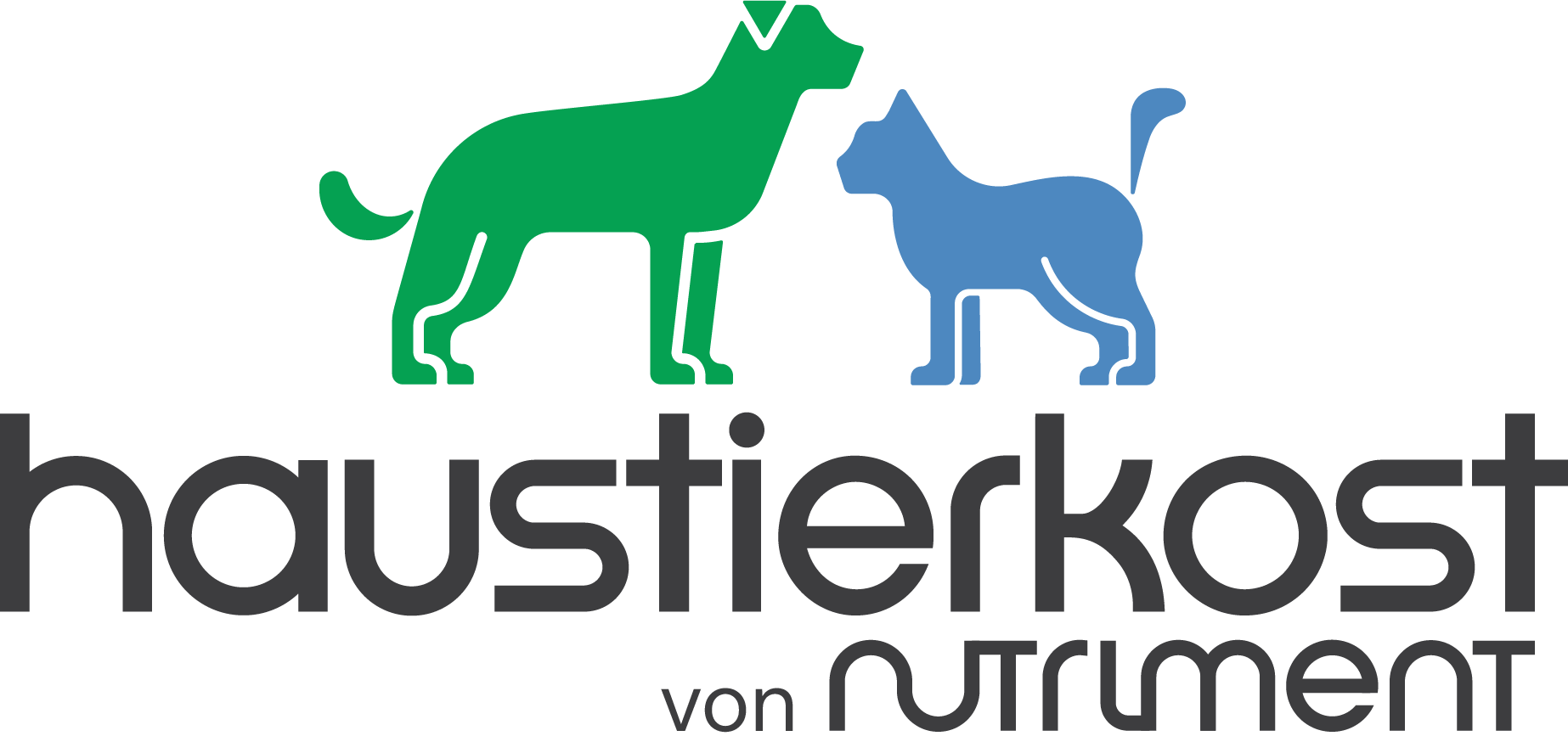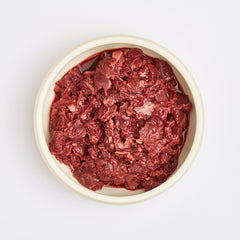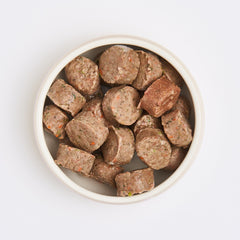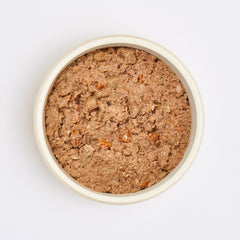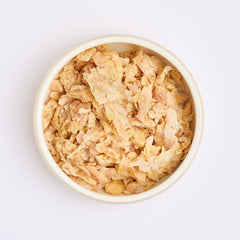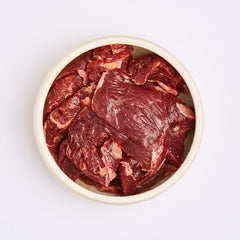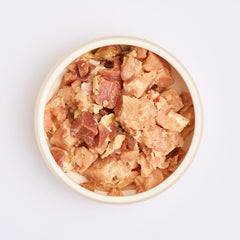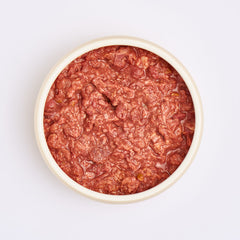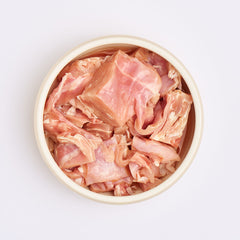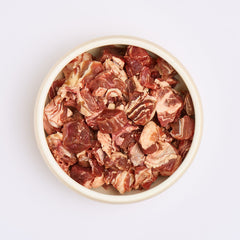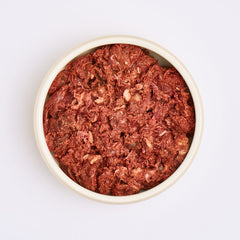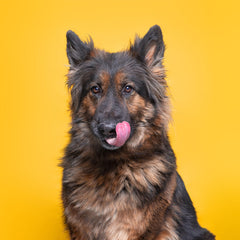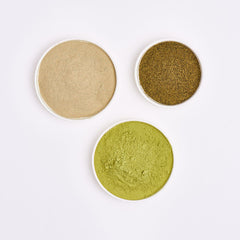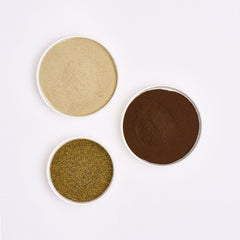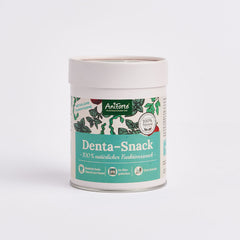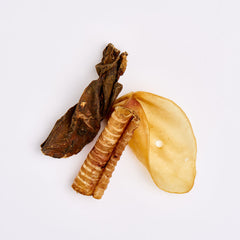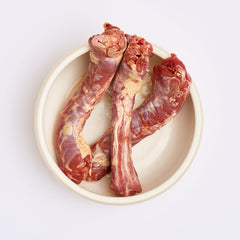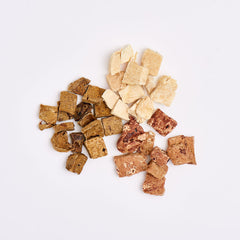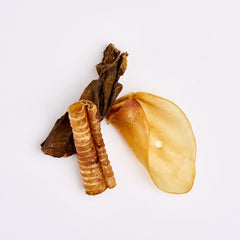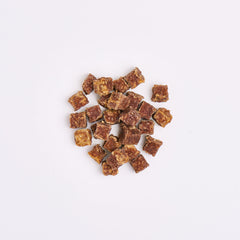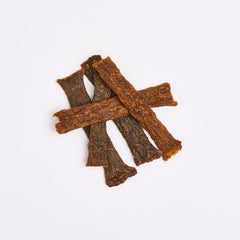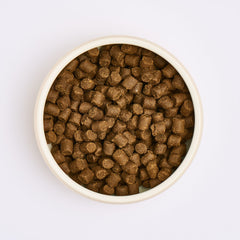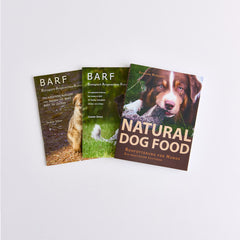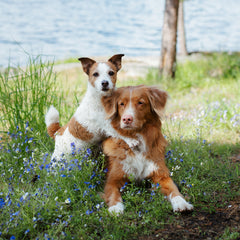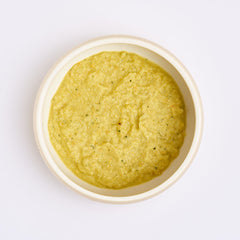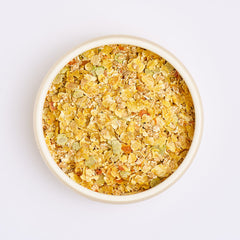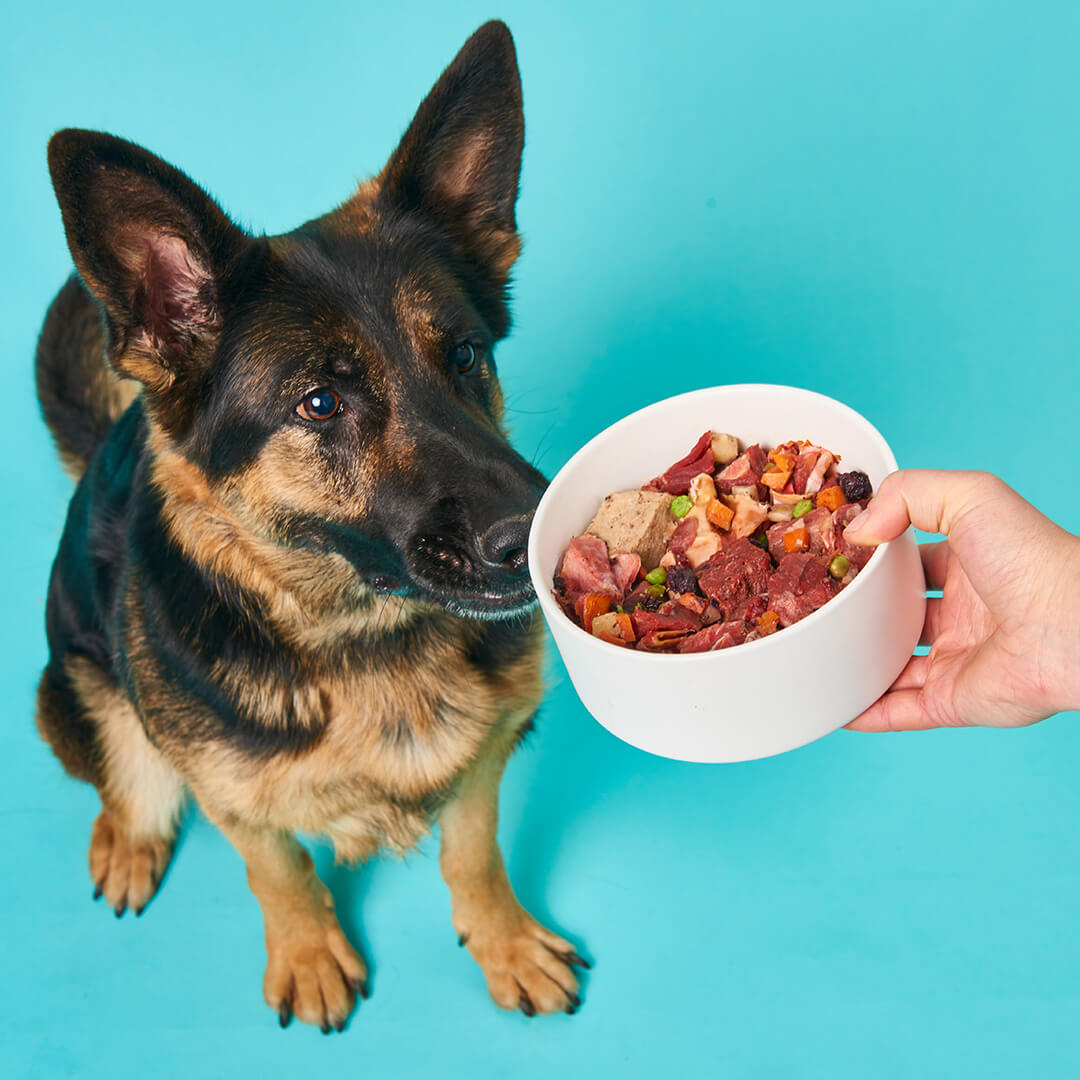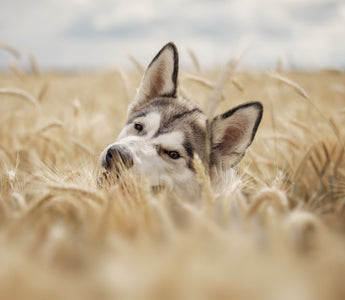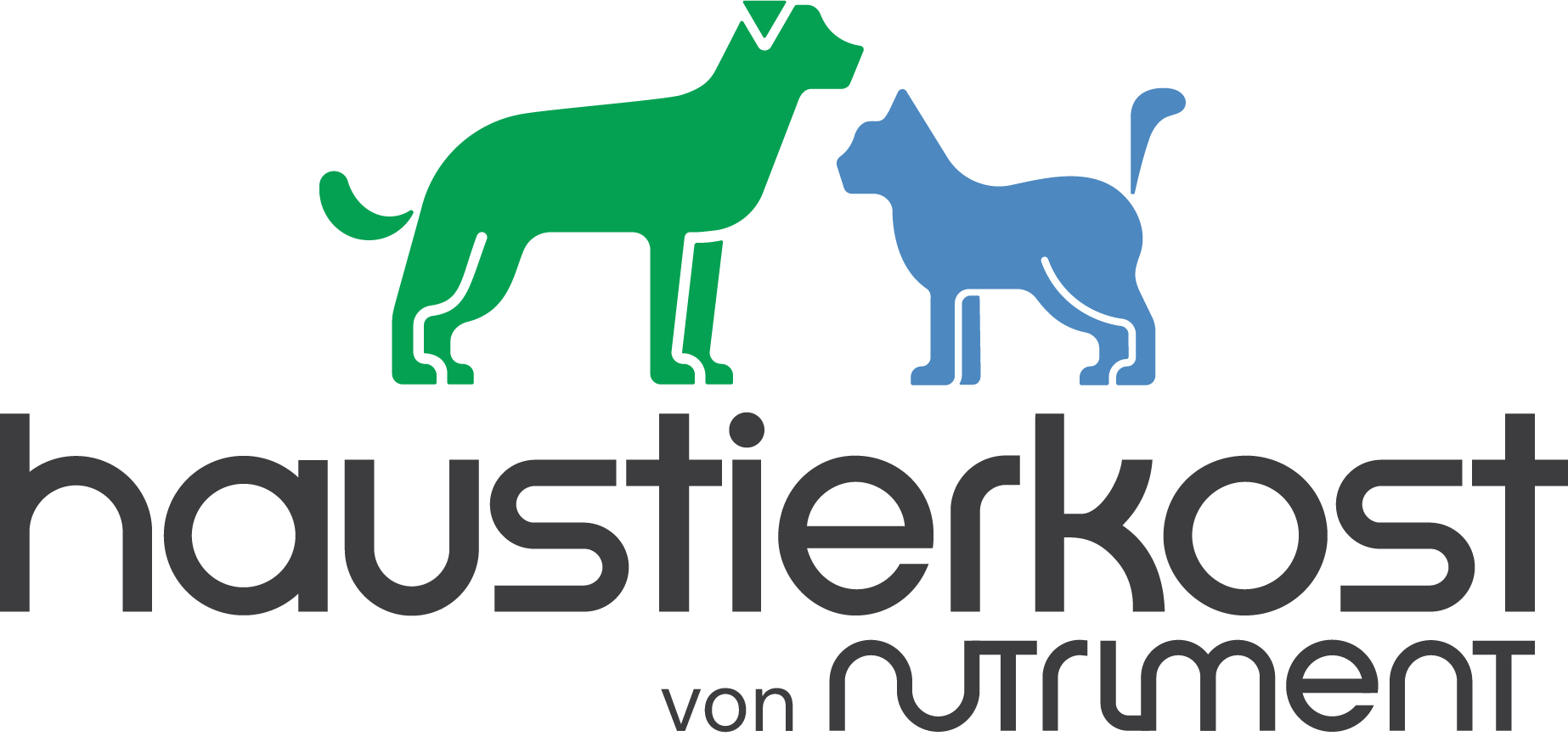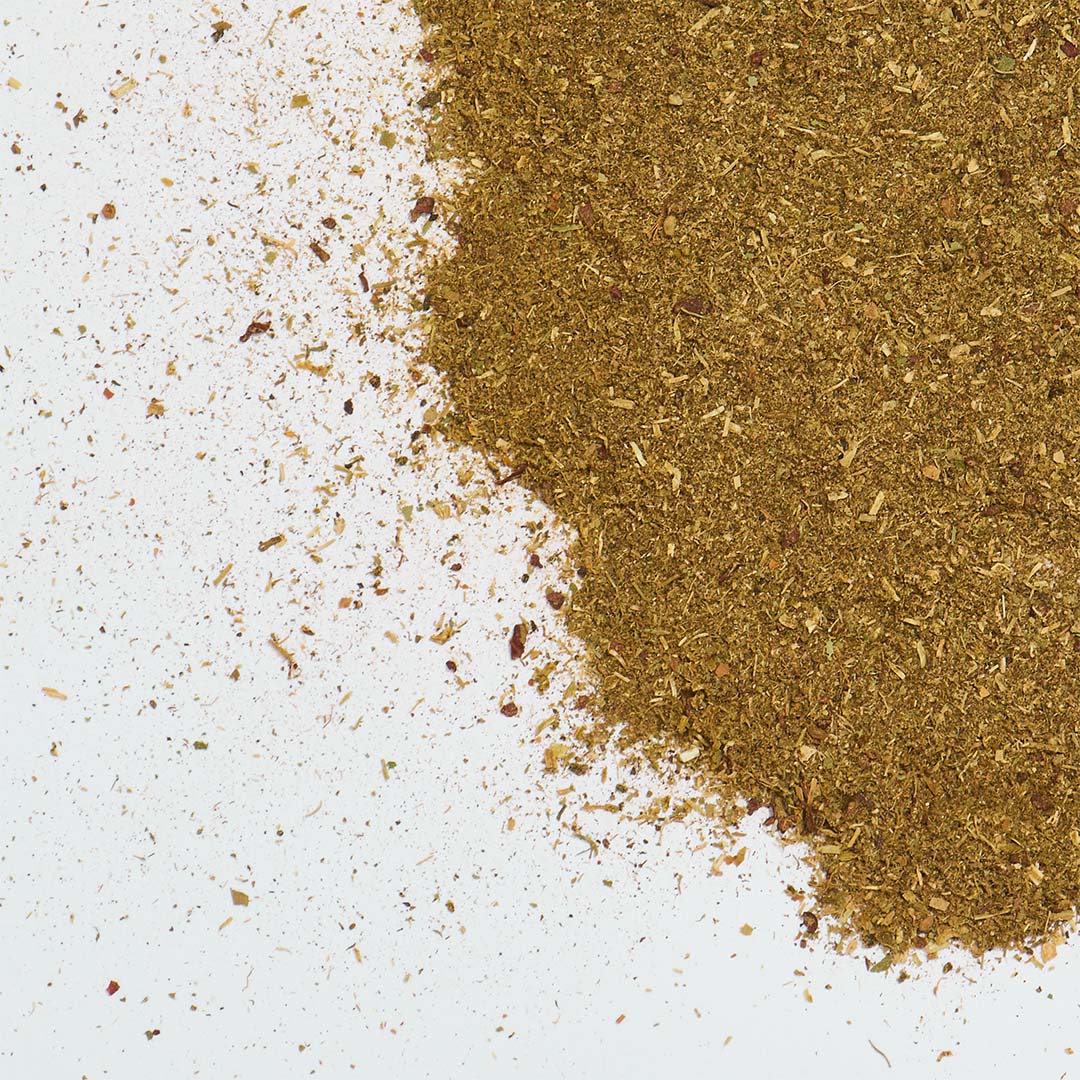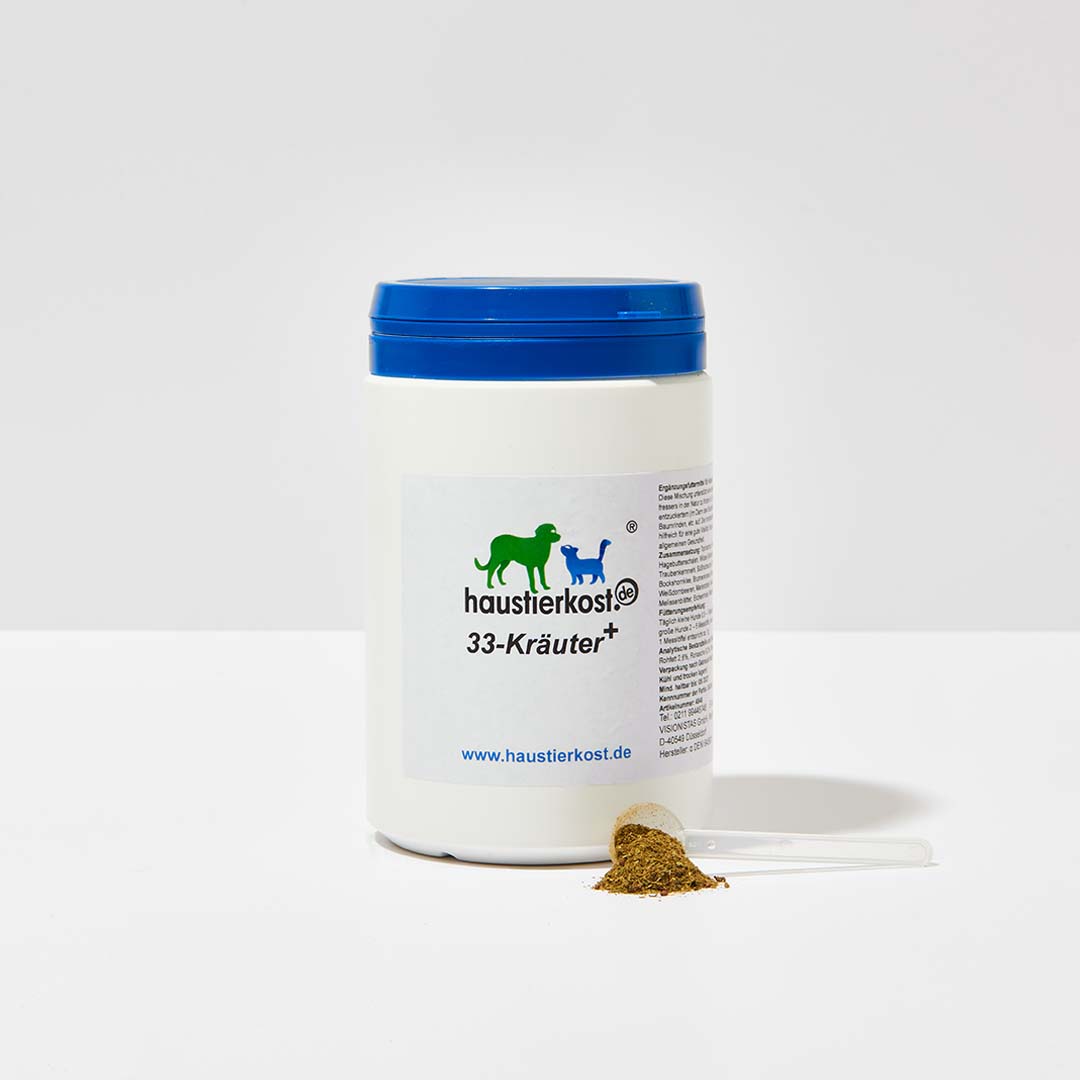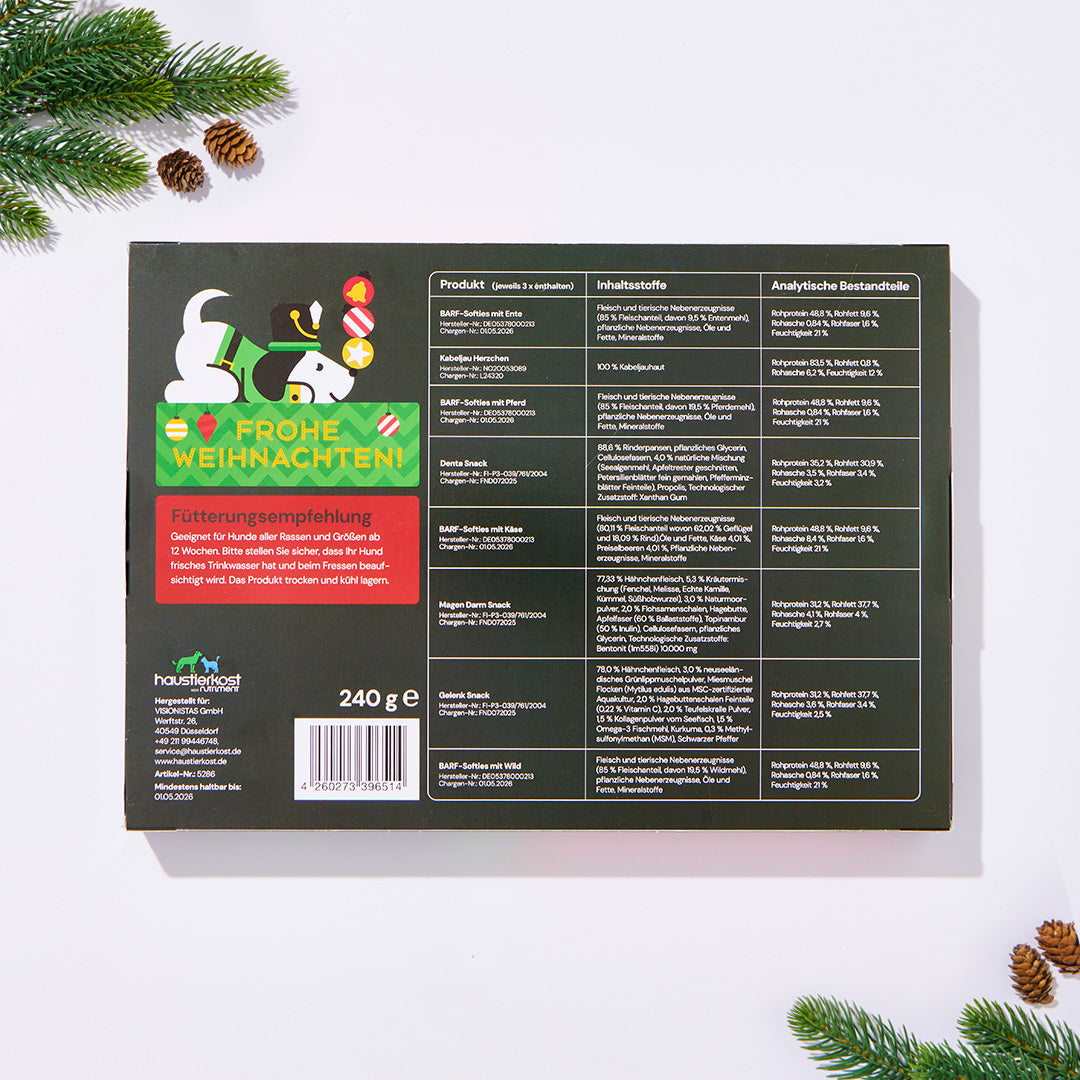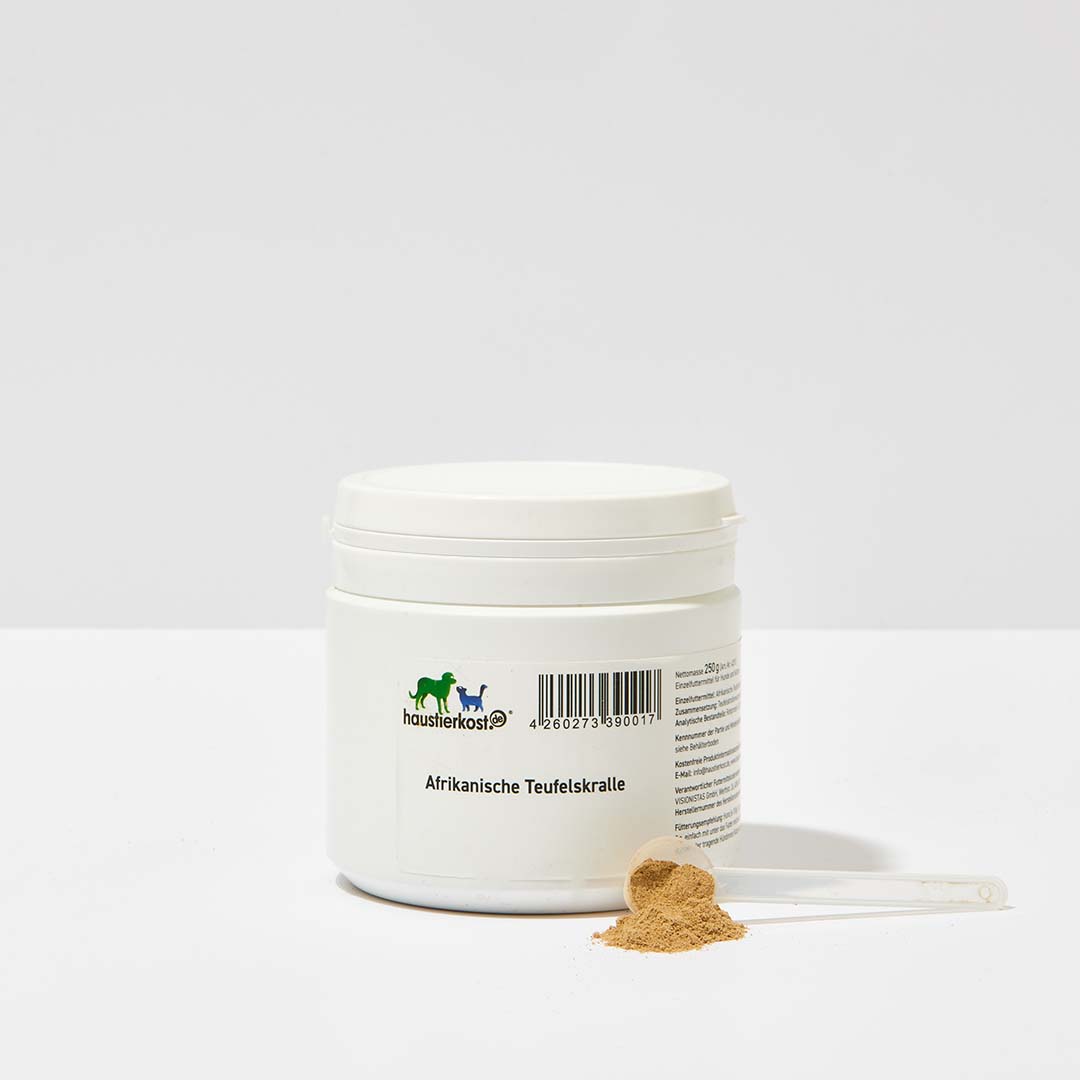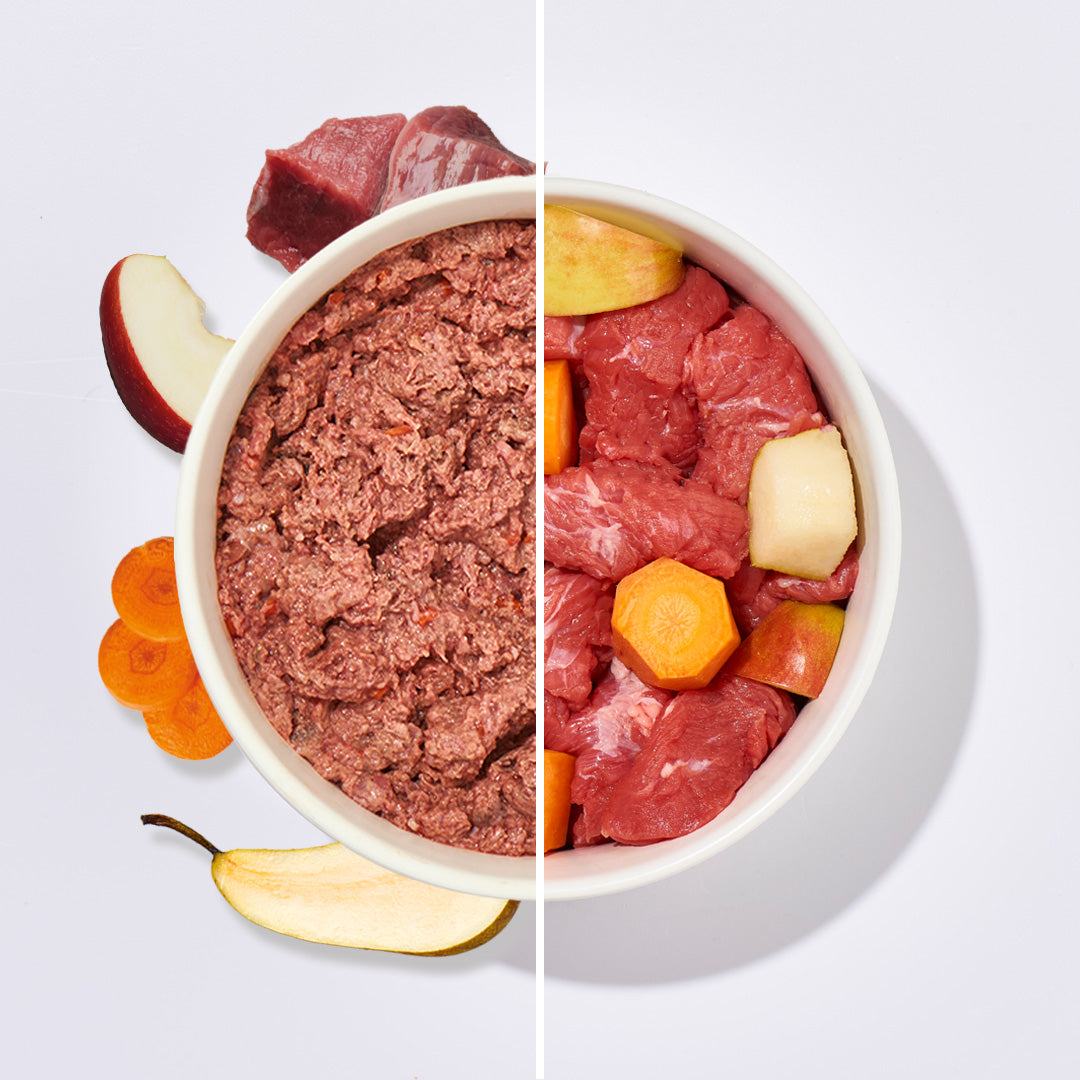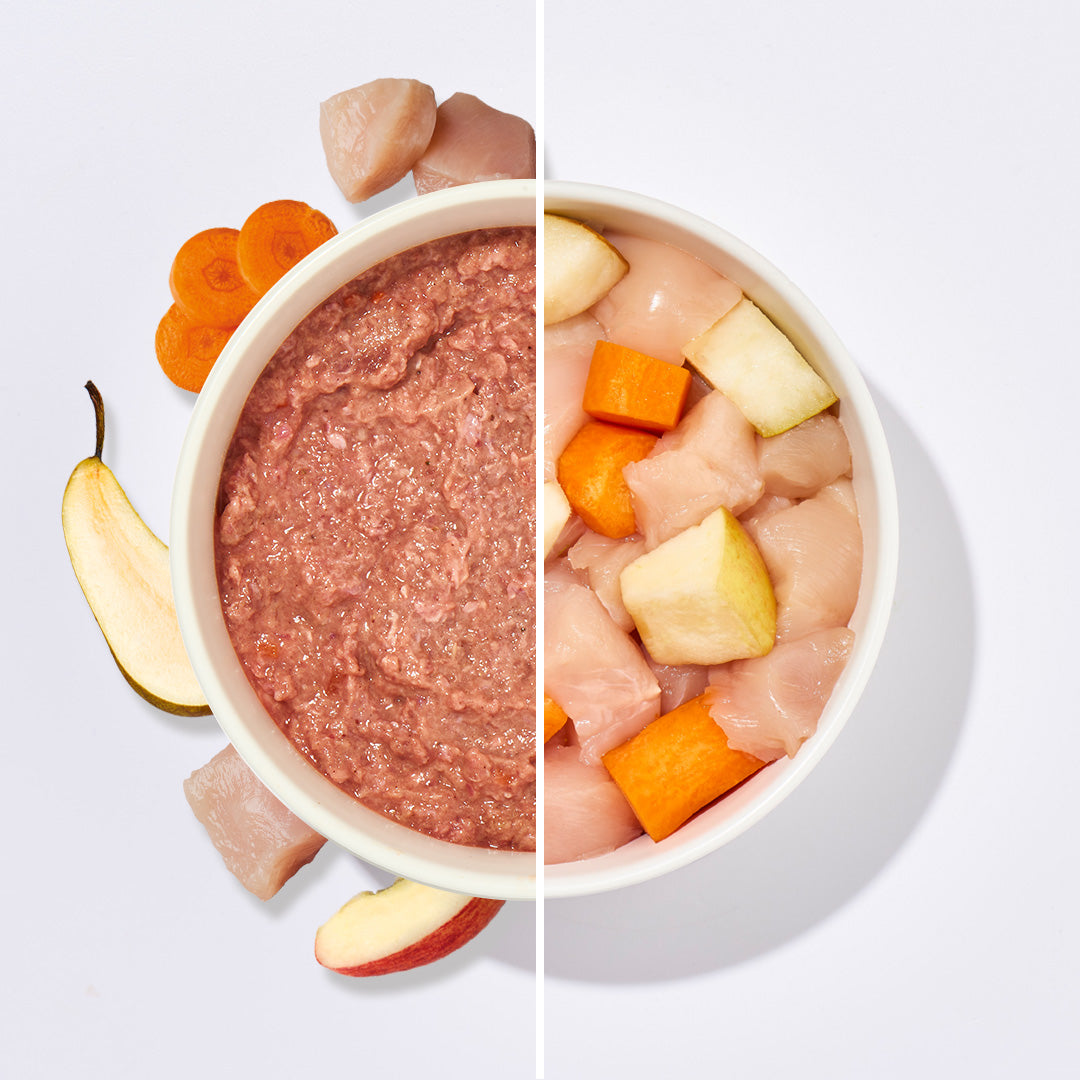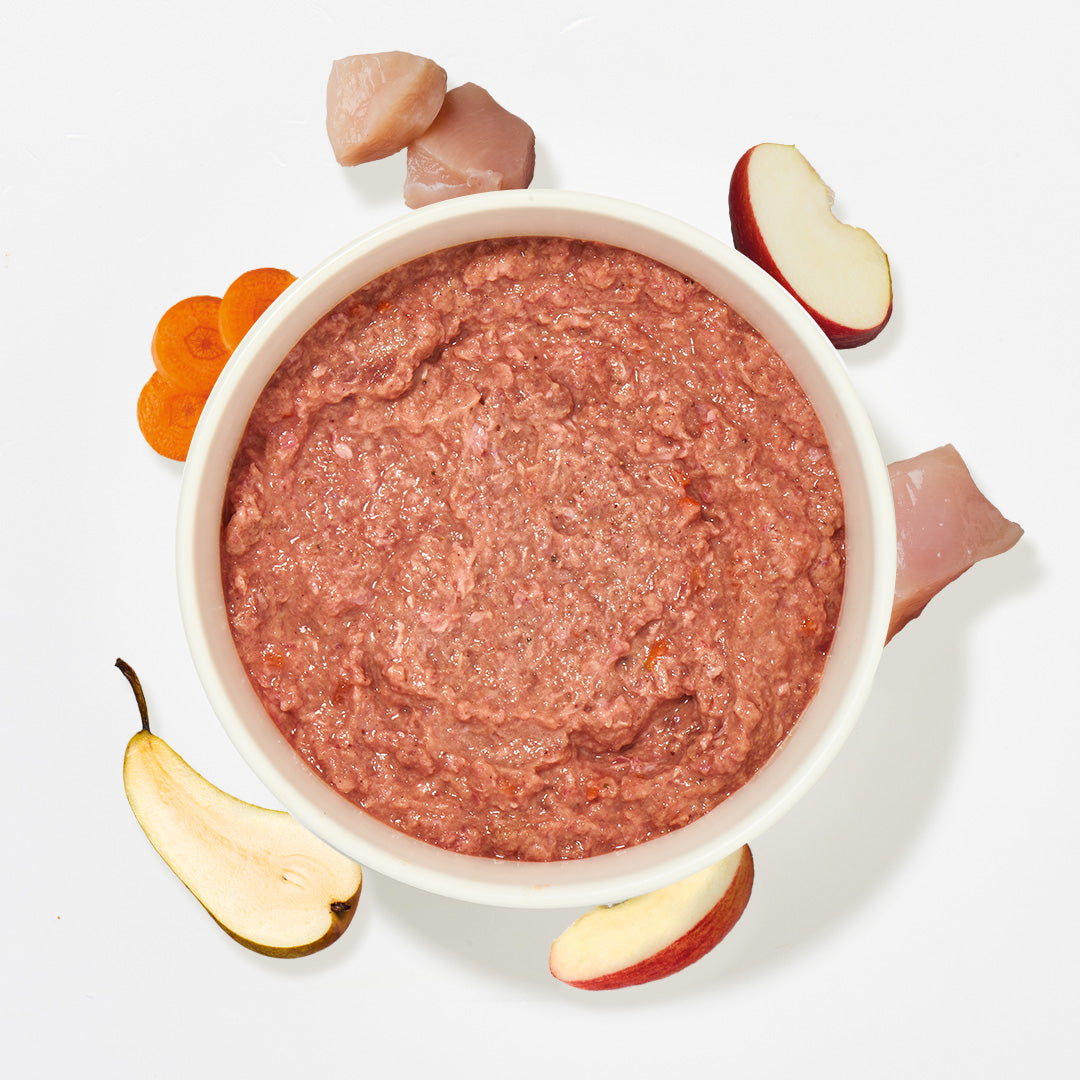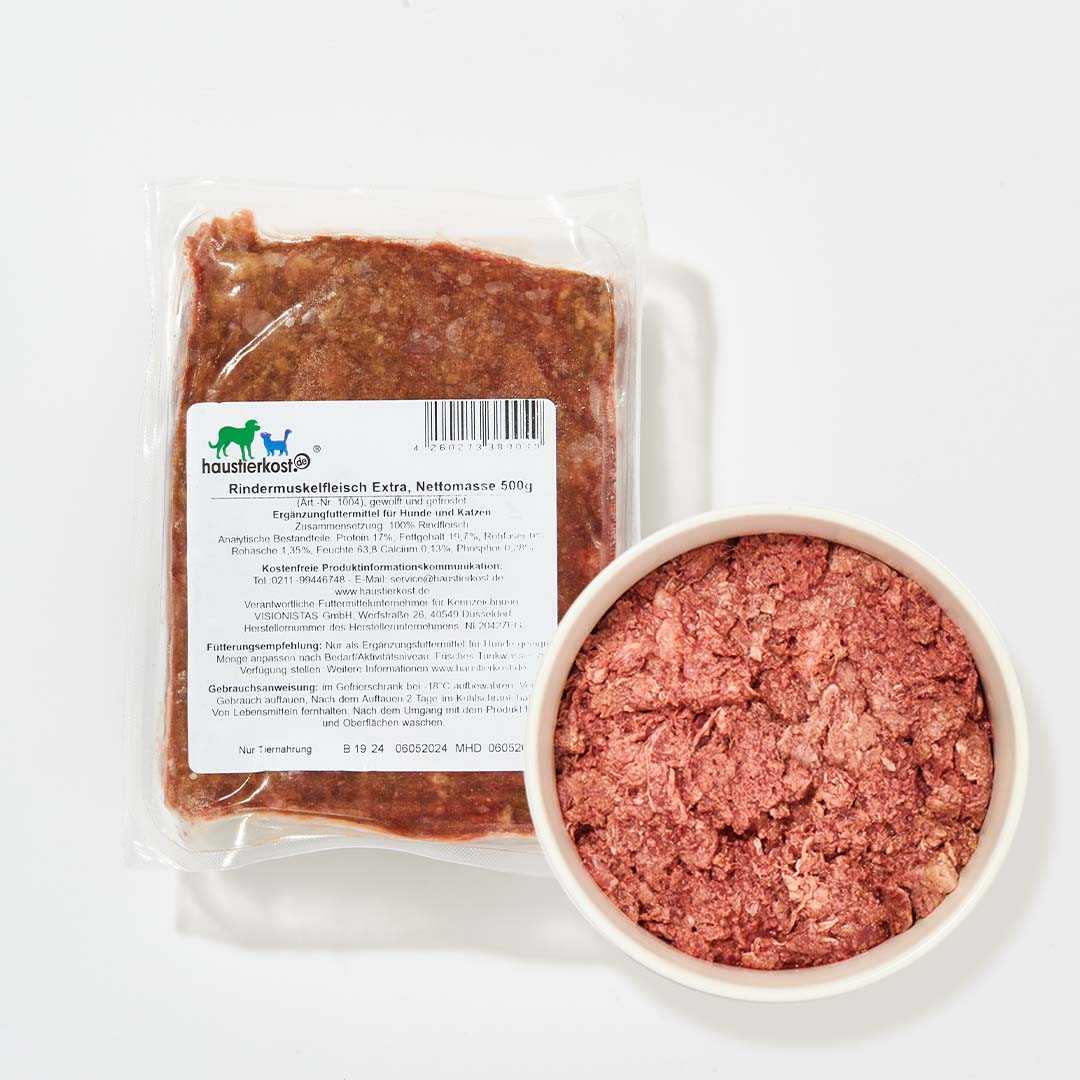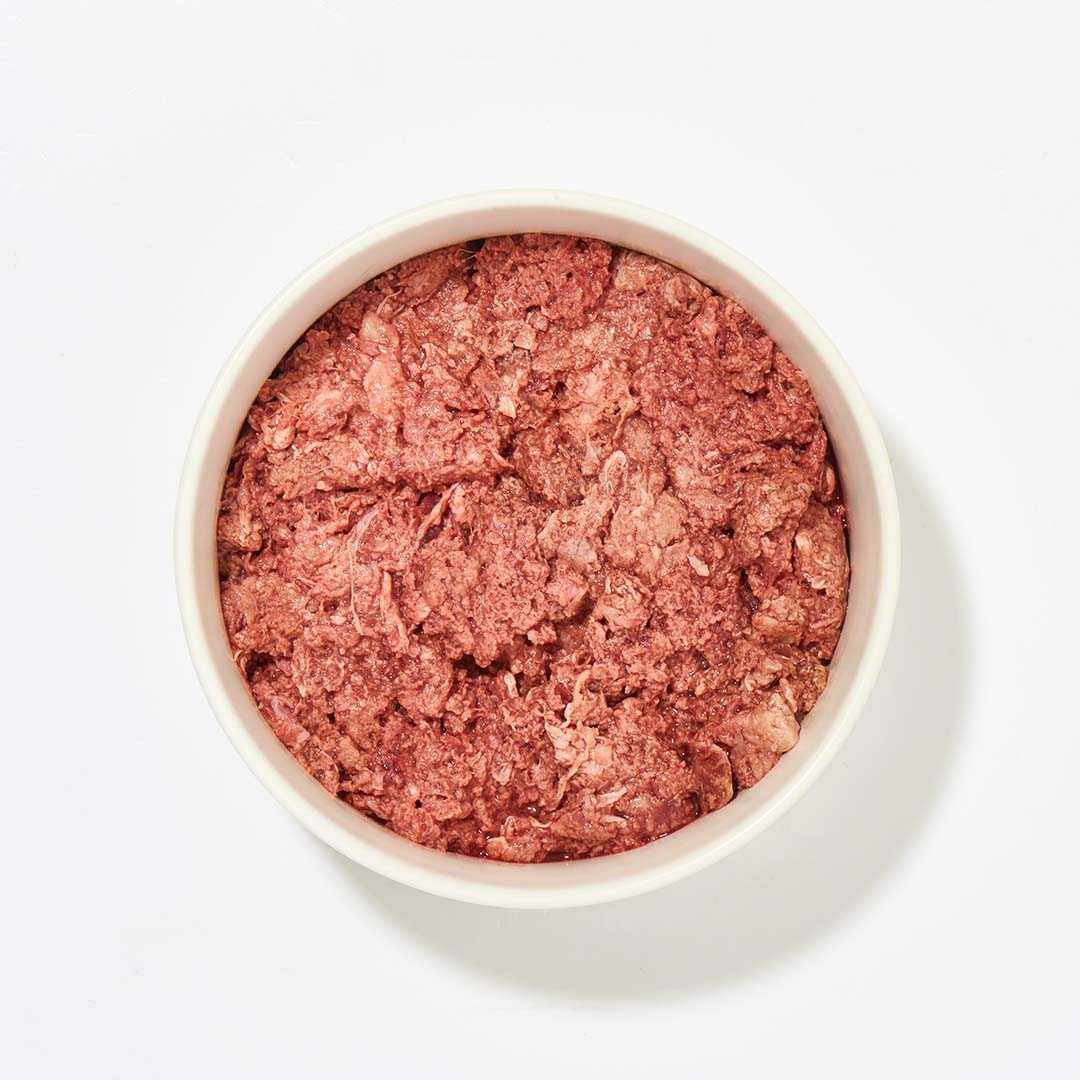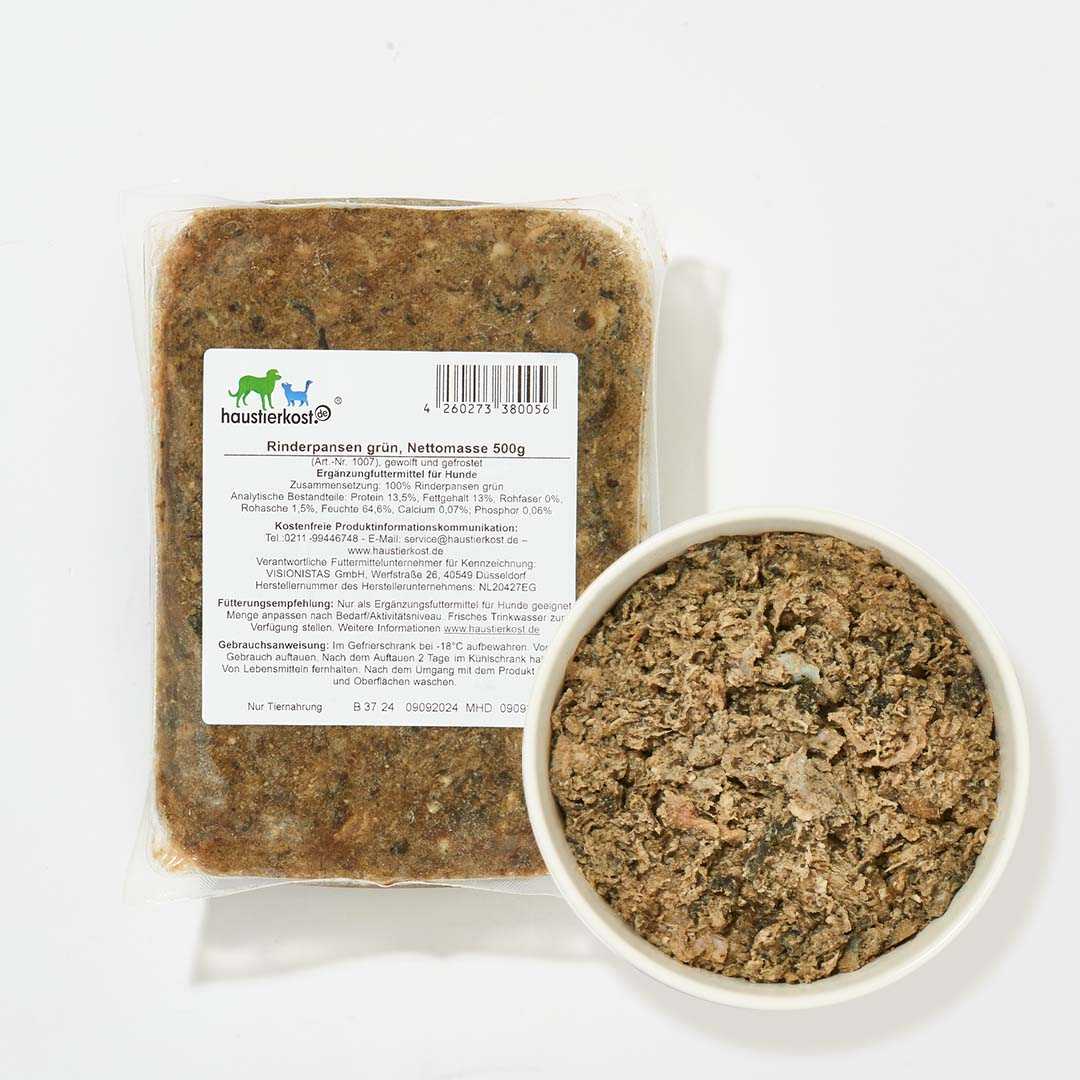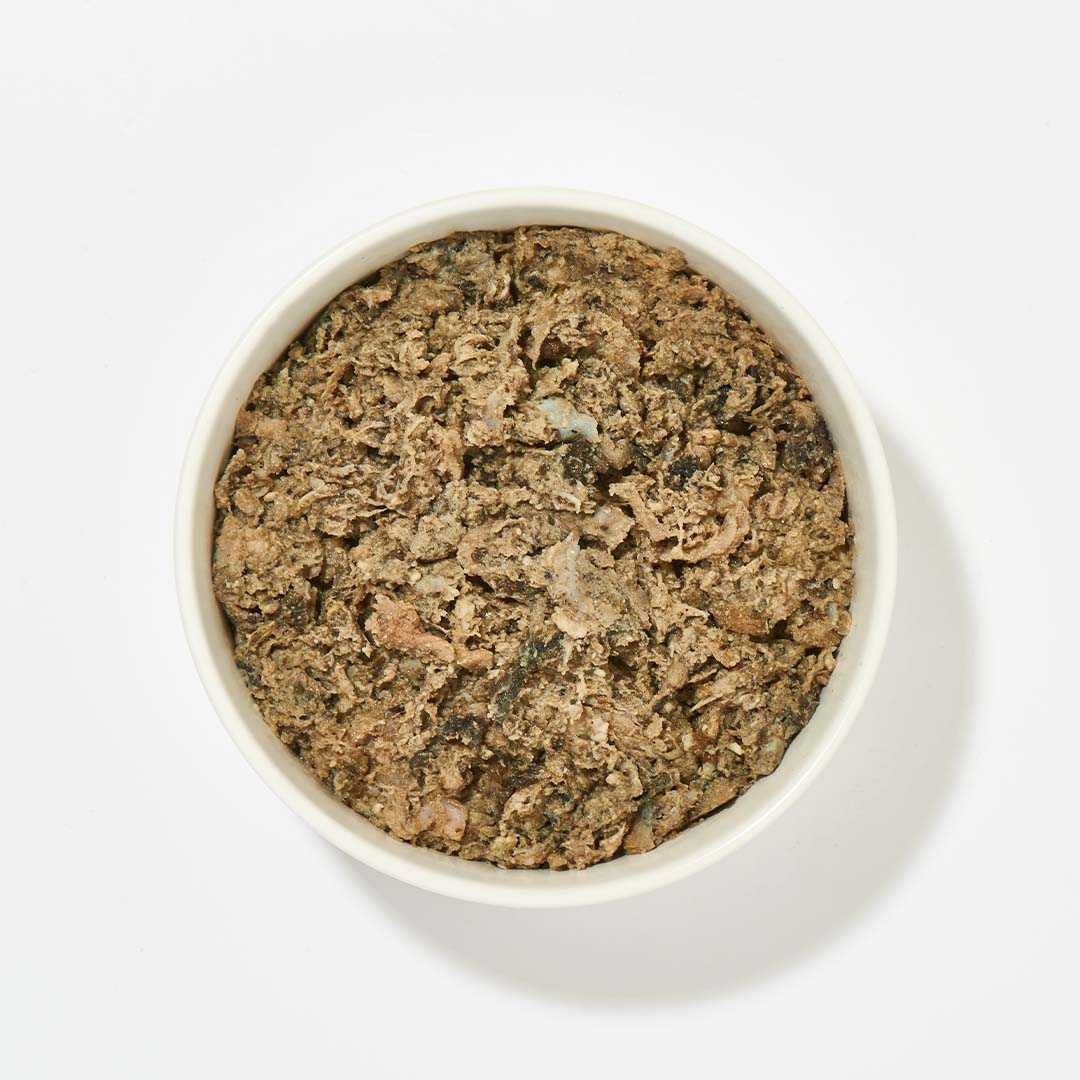What can you do about awns on your dog? Many dog owners ask themselves these questions in late spring and summer, when awns are in their peak season. These are small, bristly plant extensions in the ears of various types of grass and grain. In fields, meadows and on the edges of paths, they are popular places for daily walks. Especially in a dry summer like we had this year, the awns sooner or later detach from the ears and fall to the ground. There, awns can get in the way of your dog when he goes for a foray into nature. This brings with it various risks, because even if the plant parts seem inconspicuous and harmless at first glance, awns can cause problems for a dog because they quickly get caught in the fur and stick to it due to their slightly sticky texture. From there, due to their small size, they can penetrate the skin, mucous membranes, paws and all of the animal's body openings. So what can you do about awns on your dog? The BARF guide from haustierkost.de has answers regarding awn protection for dogs!
Detecting and removing awns in dogs
The main reason why awns on dogs are so problematic is that their shape, which is reminiscent of small barbs, means they dig deeper and deeper into the animal - and the more they dig, the more the four-legged friend defends itself against its opponent. To prevent this, it is therefore particularly important to identify the awns on the dog as early as possible. Especially after a walk near a field, it is therefore generally advisable to subject your four-legged companion to a thorough examination of its fur. Theoretically, the awns can be found anywhere on the dog, but they are particularly common on the paws, in the ear, in the nose or in the eyes.
Depending on where the awns are located on the dog, they can cause different symptoms. For example, awns in the paw can be noticed by a lack of movement, limping and excessive licking of the paw. You can recognize awns in the ear by the tilted position of the head, frequent shaking and constant scratching of the ear. If there are awns in the nose, there is usually nasal discharge and frequent sneezing and coughing. Signs of awns in the eye include discharge as well as swollen or red eyes. If you notice symptoms like these in your animal after a trip out into nature, it could be that your dog has awns.
Take a close look at the potentially affected area. After all, the basic principle is that a awn will not fall out on its own once it has penetrated the skin. Instead, it can penetrate deeper and deeper into the body, which in turn can have greater consequences for the animal. In principle, awns in the dog's fur can be removed relatively easily by hand, with a brush or tweezers. However, if you notice that the awn is already stuck, it is advisable to visit a veterinarian straight away to get the culprit out of the way.
awn protection for dogs
Protection against awns for dogs begins before the plant pests are identified and removed in good time and should help to prevent them as far as possible. One tip for reliable protection against awns for dogs is obvious: avoid areas near grain fields when going for a walk together in summer. It is also better not to let your four-legged friend walk through tall meadows, as wild barley could be lurking there. In this case, prefer a nearby forest - this is also where you will find the best protection from extreme heat. Apart from that, a short summer cut can help protect your dog from awns. In this context, also remember to trim the fur in the vulnerable areas such as between the toes and around the ears. Additional safety is provided by special covers made of fine mesh fabric that cover the animal's ears and neck, thus minimizing the risk of awns even on hot days.
Mouse barley – the danger for dogs
The awns of mouse barley are comparatively the greatest danger for dogs. It is particularly common on the side of the road and its awns are only about 2.5 centimeters in size. Mouse barley and dogs are therefore not a good combination. But not least as a result of climate change, the plant, which originally grew mainly in the Mediterranean and Asia, is now on the rise here too. It grows rampantly in both the country and the city. Whether on overgrown plots of land, traffic islands or in asphalt joints: dogs can now encounter mouse barley in a wide variety of places. So it is best to routinely check your four-legged friend's fur, paws, ears and eyes after every walk.
